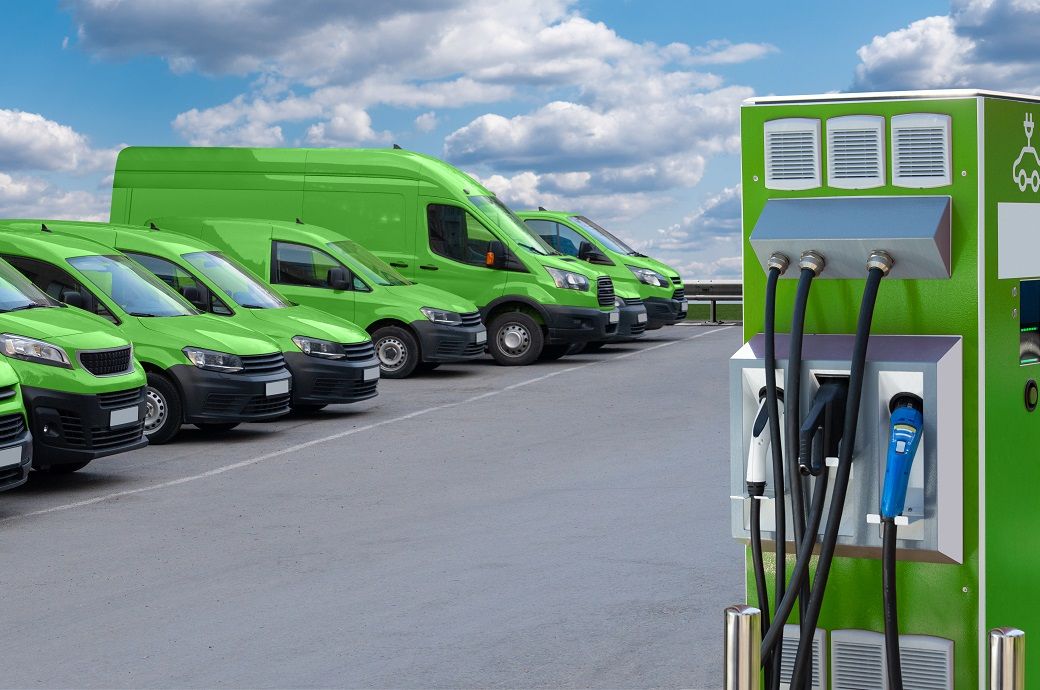
The blueprint has outlined three strategies that the departments claim will produce both short-term and long-term results—increasing convenience by supporting community design and land-use planning at the local and regional levels; improving efficiency by expanding affordable, accessible, efficient, and reliable options like public transportation and rail; and transitioning to clean options by deploying zero-emission vehicles and fuels.
Decarbonisation action plans involving the tribal, local, and state governments as well as private and global partners are expected to be carried out post the blueprint’s release. The US has signed the Global Memorandum of Understanding on Zero-Emission Medium-and Heavy-Duty Vehicles at COP27 in November 2022. The memorandum supports a route to 100 per cent new zero-emission medium- and heavy-duty vehicle sales by 2040, according to the blueprint released by the US government.
“The domestic transportation sector presents an enormous opportunity to drastically reduce emissions that accelerate climate change and reduce harmful pollution,” said US secretary of energy Jennifer M Granholm. “DOE is prepared to implement this blueprint alongside our partners within the Biden-Harris Administration to ensure all Americans feel the benefits of the clean transportation transition: Good-paying manufacturing jobs, better air quality and lower transportation costs.”
The report also notes the shift from traditional transit use and a rise in various mobility options such as bikeshare and rideshare.
“While there is uncertainty in demand growth for future passenger and freight mobility, there is also an opportunity to help shape that future to provide more options to reduce vehicle miles travelled while increasing mobility options and accessibility, improving quality of life, and reducing emissions. Leveraging these opportunities can influence future travel demand and contribute to a more sustainable transportation future,” the report mentions.
The blueprint not just focuses on the transition to zero-emission vehicles but also highlights urban planning, increased access to transit systems, and extending and incorporating mobility services as strategies for ensuring the blueprint’s net-zero carbon emission goals.
“Transportation policy is inseparable from housing and energy policy, and transportation accounts for a major share of US greenhouse gas emissions, so we must work together in an integrated way to confront the climate crisis,” said US Secretary of Transportation Pete Buttigieg. “Every decision about transportation is also an opportunity to build a cleaner, healthier, more prosperous future. When our air is cleaner, when more people can get good-paying jobs, when everyone stays connected to the resources they need and the people they love, we are all better off.”
ALCHEMPro News Desk (NB)
Receive daily prices and market insights straight to your inbox. Subscribe to AlchemPro Weekly!